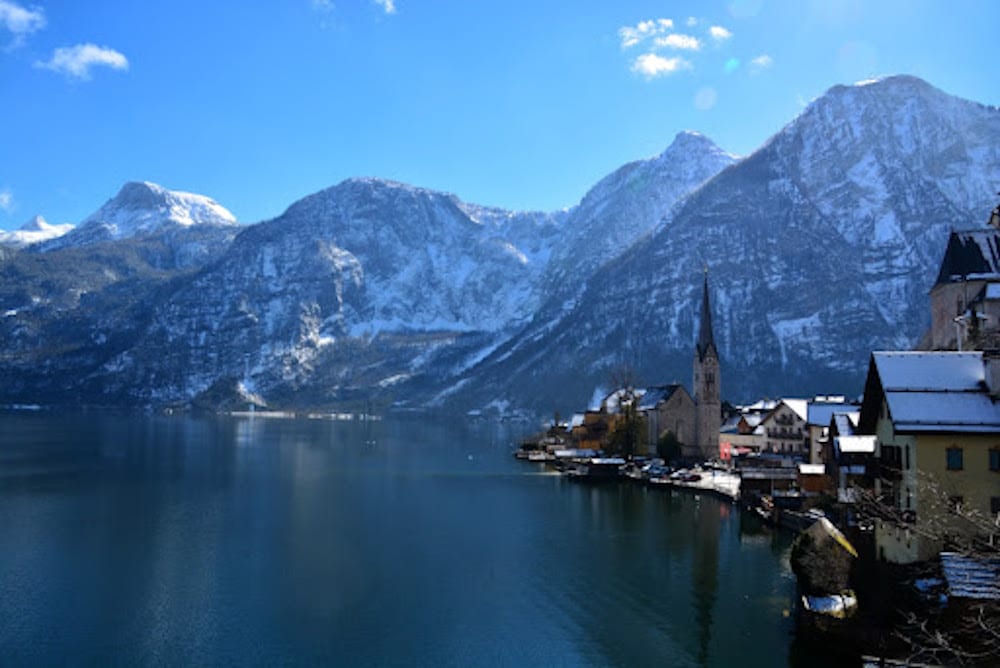Table of Contents
America offers so many hunting opportunities that one can never leave the country and still feel like they haven’t explored even half of them. However, we all crave diversity, and sometimes it feels like this longing can be satisfied somewhere beyond the ocean. European hunting culture counts millennia, and each country tries to maintain its unique hunting rituals and traditions. Learning about them is a deed worthy of any hunting enthusiast. But culture is not the only attraction for American hunters, though. The chance to find yourself in a different ecosystem and spot game species you’ve never seen before may outweigh any desire to learn about the culture. Some species are an altered form of what you’ve seen before, but others are a novelty you’ll never observe in the U.S.
If you are looking for the best flights in Europe from the U.K., Latest Deals is here to help. Their website publishes daily hundreds of new deals that will help you save money while enjoying the best of the European cities on a budget.
If you let that feeling of exploration take the lead and eventually find your way in Europe, you’ll be surprised to see how different local hunting laws are. In addition to that, European cultures have a different attitude towards firearms. Nobody’s going to snatch your 6.5 Creedmoor rifle away (if you manage to properly register it in advance, that is). But be prepared that hunting is available only through the services of hunting outfitters. Hunting trips in Europe are a different experience you won’t regret acquiring.
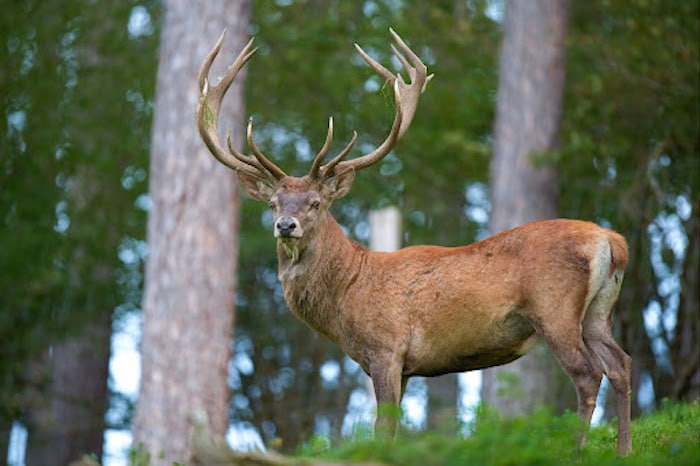
Austria
Centuries-old hunting culture and picturesque landscapes you won’t find in any other place on Earth make Austria a perfect destination for international hunters. The hunting lifestyle remains a vital part of Austrians’ culture with families passing hunting traditions from one generation to another. There are more than 130 000 hunters in Austria, and, considering the population of approximately 9 million, it’s a very decent number. The landowners of hunting areas together with Austrian hunting institutions strive to maintain a good wildlife population and keep the habitats safe. Local hunters have long been considered role models for their exemplary ethical values and deep knowledge of nature. Arriving in Austria, you can expect high-quality hunting services and hospitality radiating from every corner.
Austrian hunting laws might seem too complicated, especially compared to American ones. For that reason, we strongly advise you to resort to the help of hunting outfitters. They will assist you with getting a hunting permit (given you have a valid hunting license) and choosing the best region for hunting. The outfitters will also guide you through confusing hunting laws. Note that there are several restrictions on the types of weapons you can use. For example, a semi-automatic 308 rifle won’t pass the check, but its bolt action variant is very much allowed. In short, you are not allowed to use automatic and semi-automatic rifles, shotguns with a capacity exceeding two cartridges, bows, and electronic optical devices. You can only keep the trophies like antlers or heads, but nothing more.
Speaking of trophies, the variety of game found here is nothing like the American one. Here, you can find European-native red deer, roe deer, chamois, and mouflons, as well as more common animals like wild boars, badgers, pheasants, and partridges. Local hunters honor and respect the game through a number of rituals and exclamations, like sounding a hunting horn and singing songs. You can join that celebration of the hunting lifestyle and learn quite a few things about local culture.
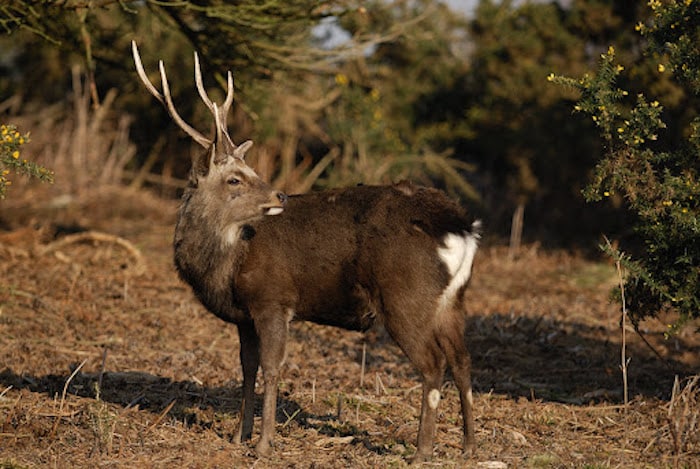
United Kingdom
The beauty of many hunting spots scattered across the islands of the UK is praised in hundreds of poems. The Scottish Highlands alone is a place where you can spend weeks hunting and admiring nature. The tradition of stalking, rooted deeply in the hunting history of the UK, is carefully upheld and revered to this day. If you are a fan of hunting deer on foot, then visiting the United Kingdom is a must. England, Wales, and Scotland house a wide variety of deer species that will lift the brow of even the most seasoned hunter.
You can expect to come across red deer, fallow deer, and roe deer that are indigenous to the area, as well as some species from across the world that were introduced here and made this place their home. An American hunter will see some familiar snouts like that of the Sitka deer, and some new muzzles like that of the Pere David deer, hog deer, muntjac, and a wondrous sabertooth Chinese water deer, colloquially named vampire deer. A deer hunting Shangri La, you may think, and would be absolutely right to do so. There are also plenty of opportunities for wildfowling as well as hunting foxes and rabbits. Hunting laws are less strict here compared to Austrian ones, but we nonetheless suggest you have your hunting trip planned by an outfitter company.
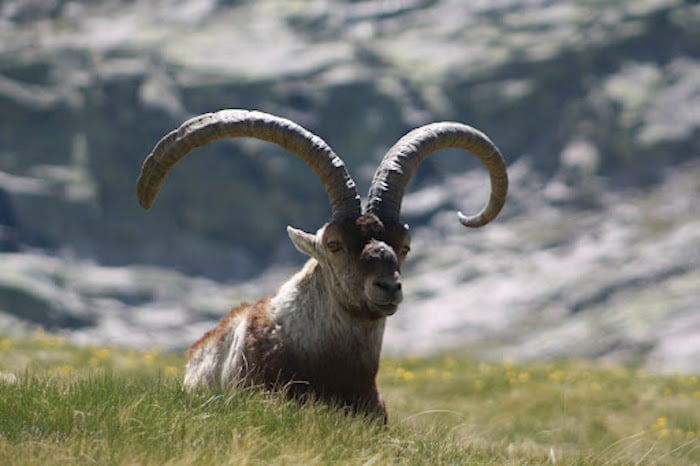
Spain
Mountains are a prominent landmark in the majority of European countries, but Spanish mountains are like nothing else you’ve seen. They crown the northern, southcentral, and western regions of the country and are teeming with hunting opportunities. The mild Mediterranean climate diversifies the process with a unique touch that can be recognized by California residents. Spain is known as the ultimate ibex hunting destination for there are as many as four subspecies living in different regions of the country. The Gredos ibex can be spotted in Gredos Mountains not far from Madrid; the mountains of Valencia house an ample population of the Beceite ibex; the Southeastern and Ronda ibex roam the coastal mountains of Andalusia.
In case this quadriga poses little interest to you or you prefer variety over everything else, there is plenty of other big game. If you want to stay in the mountains, chamois hunting is another option you have. You can also come across Iberian wolves, Barbary sheep, mouflons, fallow deer, roe deer, red deer, and wild boars. The last three can also be spotted during traditional Monteria driven hunts, a must for everyone who’d like to learn more about Spanish hunting culture. Bird hunters will also be pretty occupied, with an abundant population of red-legged partridge being their primary attraction. Spanish hunting laws are not that exhaustive and seem confusing to those who’re used to well-stipulated requirements and restrictions. Local hunting outfitters will guide you through the whole process. You will only be able to receive your trophies approximately five months after your hunt because of the customs bureaucracy. If you are in no rush, that’s hardly a hindrance, though, because Spanish hunting is absolutely worth it.
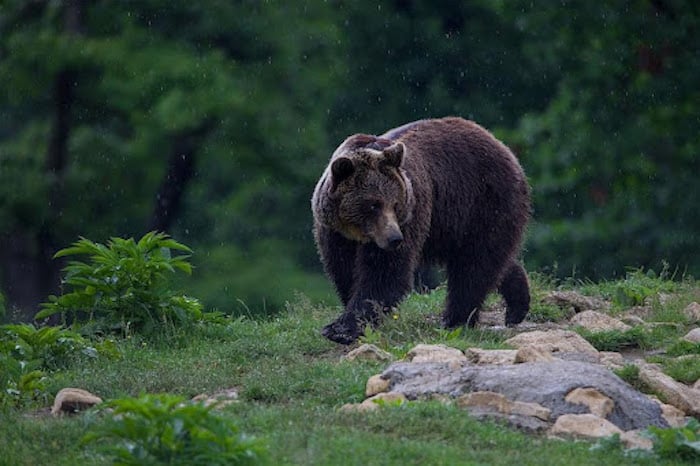
Romania
The motherland of the fabled count Dracula hasn’t lost its primal appeal. The sprawling Romanian forests house an abundance of game species both familiar and somewhat alien to American hunters. You can expect to see wolves, brown bears, and wild boars sharing undisturbed woodlands with red stags, roe and fallow deer, and chamois. Romania’s dedicated game management secures the largest population of Eurasian brown bears and wolves in Europe. The bears are gigantic, often exceeding 800 pounds, and thus are considered kings of local forests. The Carpathian Mountains shelter herds of red deer and chamois larger than their Western European relatives. They are also quite a view to behold.
The hunting experiences that can be had here are far from monotonous. Tracking, stalking, calling, bait hunting, driving with beaters – the options are plentiful. Hunting seasons for every animal are regulated but are quite different from each other. The roe deer season lasts for 5 months, whereas the red deer season is only 11 days long. Brown bears can be hunted through spring and fall, and wolf hunting season lasts from September till the end of March. About half of Romania’s land is covered in natural ecosystems, so whoever comes here to hunt is sure to have a great time.
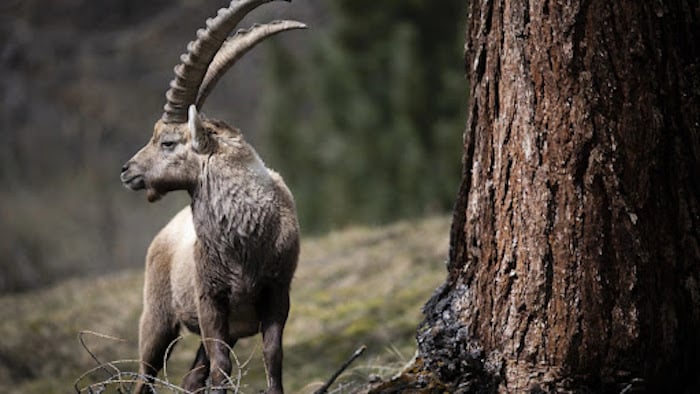
Macedonia
Hidden amidst pristine forests and cloud-breaking mountains is the heart of the Balkans, North Macedonia. The country is sparsely populated and densely forested. It’s hard to think of an environment more suitable for wild animals’ breeding. Here, you’ll find plenty of now-familiar European game species like chamois, mouflons, fallow deer, roebuck, red deer, and wolves. Macedonia boasts an abundant sheep and goat population that draws a lot of wolves. This fact makes Macedonia the ultimate wolf-hunting spot in Europe. Another European exclusive, a kri kri ibex, was once imported to Macedonia from Greece. Together with aoudad and axis deer, kri kri ibex is another popular hunting attraction. The difficulty level varies from mountain hunting to hills and plains hunting. Considering the country’s relatively small size, you have an excellent opportunity for a combination hunt, both in terms of game and style.


